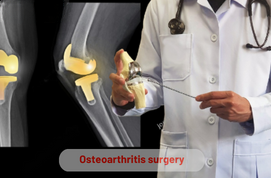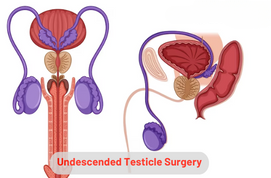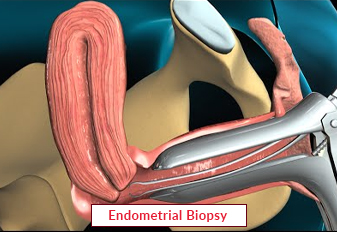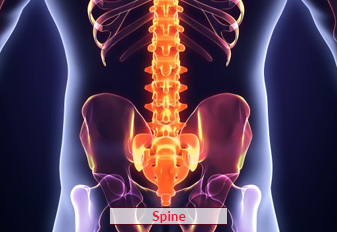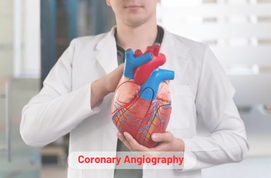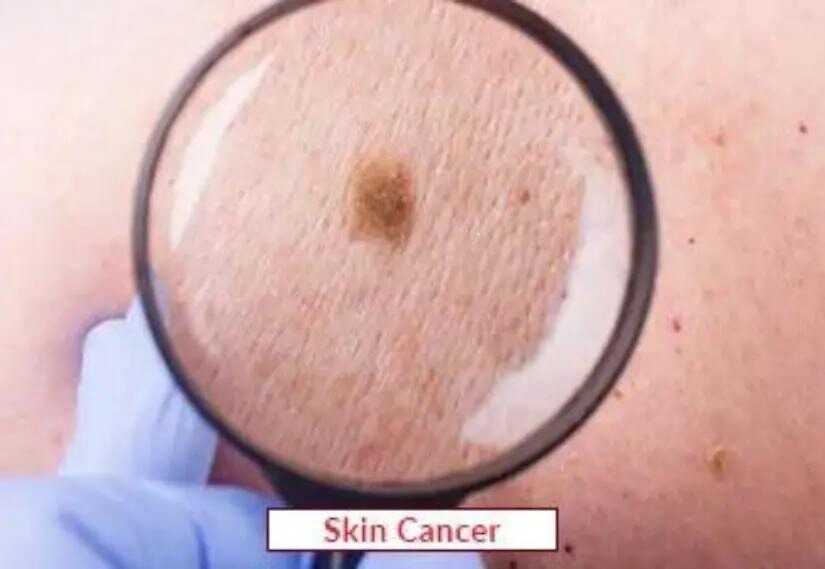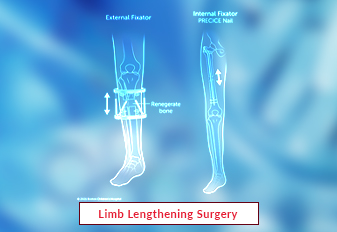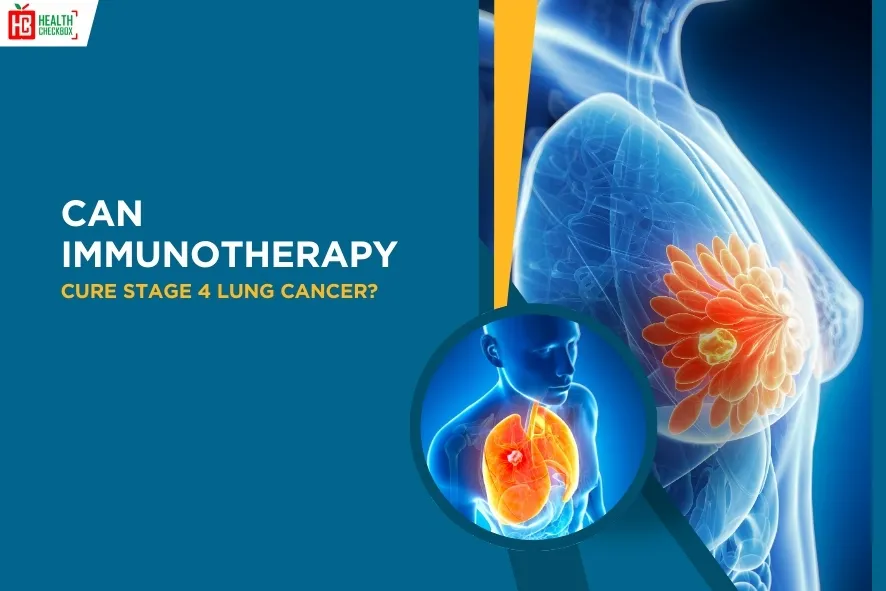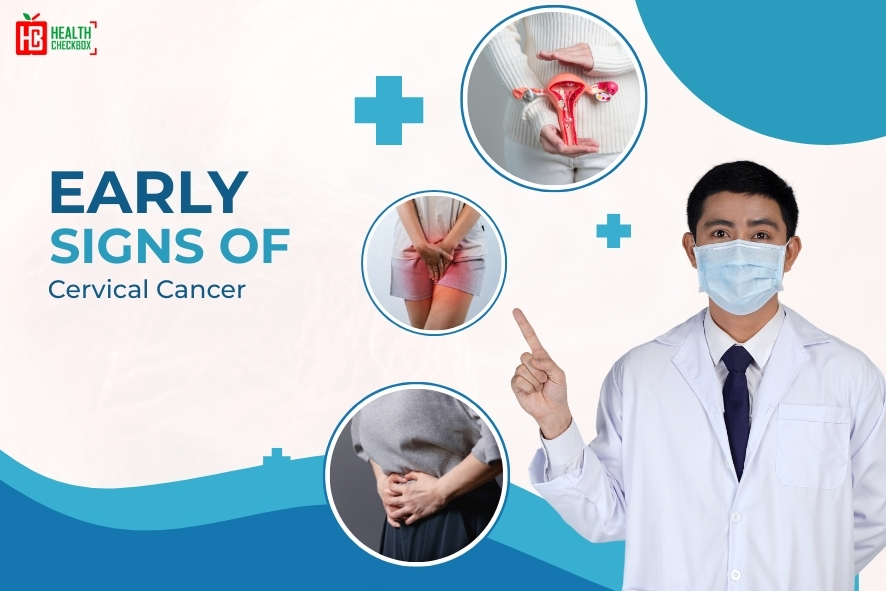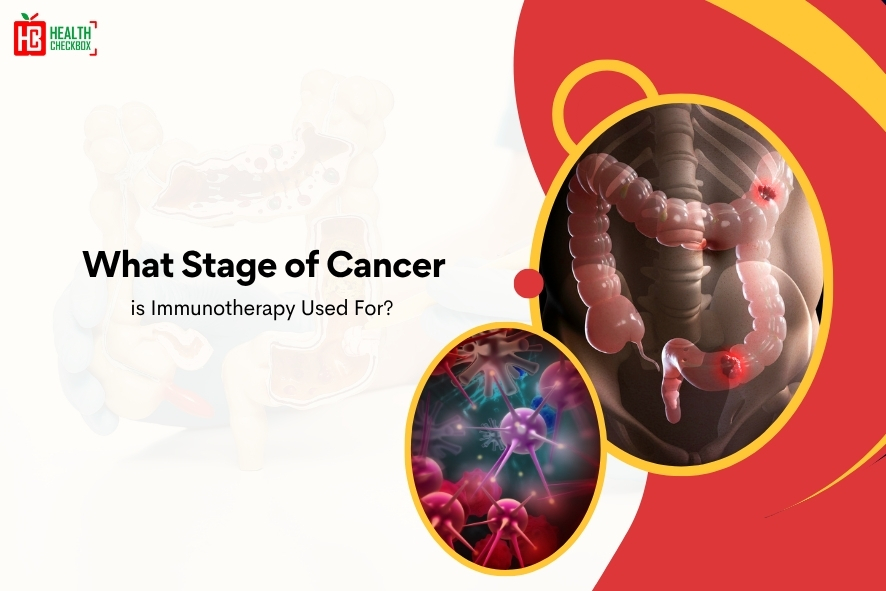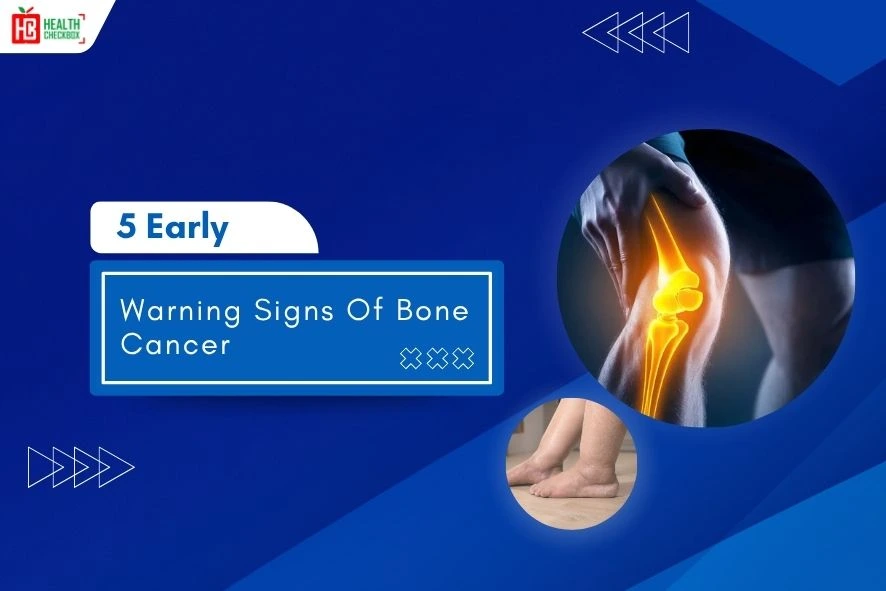Osteoarthritis is a common problem, that can affect people at any age. This condition develops when a bone or a cartilage gets damaged in the joint. It mostly happens due to sports injuries, car accidents or slipping down on the road. This problem can cause difficulty during movement and becomes harmful for individuals. It is painful condition and cannot be treated easily through medications.
Its best effective treatment is osteoarthritis surgery. It is a surgical procedure, which alleviates joint problems in hip, knees and other body parts. This method is necessary for patients when other treatment approaches are not effective for them. It can be performed through a replacement of a damaged cartilage and bone with a healthy one. This type of treatment is considered as an outpatient procedure and mainly performed by an orthopedic surgeon. Its other name is arthroplasty or joint replacement surgery.
Types of Arthroplasty Surgery
This surgery consists of two types. These include the following:
- Total Arthroplasty: A doctor performs this procedure when a joint gets damaged fully. It requires a prosthetic device and can be replaced with a healthy one.
- Partial Arthroplasty: It is recommended for the removal of a partial joint with an artificial joint. This type of surgery is mainly preferred for knee joint replacement.
Benefits
The advantages of this surgery are as follows:
- It is a safe procedure, which provides relief from joint symptoms and minimizes the requirement of anti-inflammatory drugs.
- This treatment approach increases the ability of the children to participate in their sports activities.
- It improves mental health and reduces the risks of future damage in individuals.
Risks and Complications
This surgery can lead to several complications. These include the following:
- Bleeding and Infection
- Breathing problems
- Injury in nerves or blood vessels
- Deep vein thrombosis
- Heart attack
- Cardiac arrest
- Joint pain and stiffness
- Loosening of prosthetic parts
Why is this Surgery necessary for Patients?
A healthcare professional recommends this surgery for the management of joint pain, which might occur at different body parts. These include the following:
- Shoulder
- Hip
- Knee
- Spine
- Back
- Neck
- Elbows
- Fingers
- Toes
Treatment Procedure
Before Procedure
The things that can happen before the surgery are as follows:
- An individual must fill an application form for hospital admission.
- A healthcare provider will review the medical history and ask about the osteoarthritis symptoms to him or her.
- A physical exam is performed to check the swelling and tenderness in joints in the healthcare department.
- Some imaging tests will be conducted for the identification of certain health complications associated with osteoarthritis.
- A blood test or a joint fluid analysis is recommended when a patient is suffering from rheumatoid arthritis.
Some rules and regulations need to be followed before the surgical procedure. These include the following:
- An individual is not suggested to eat and drink for a few hours. He or she might feel nauseous during the surgery.
- The blood-thinning medication drugs should be prohibited before the procedure. They can cause bleeding and become problematic for male and female patients.
- A person must quit smoking and drinking alcohol before the surgery.
During Procedure
The following things can happen in the medical center. These are as follows:
- A surgeon makes an incision in the skin and measures the bones through surgical wires.
- The surgical inst is used to remove the damaged bone and cartilage from the body.
- An artificial joint is placed in the hip, knee and other body parts.
- Some surgical devices like screws, plates or rods are attached with the bones for reshaping or realigning.
- A surgeon closes the incisions through the surgical staples or stitches. He or she may also apply the bandage or dressing to protect the surgical incisions.
After Procedure
A patient will be taken into the recovery room or the identification of vital signs in the healthcare center. After that, he or she is suggested to go home after the surgery.
A healthcare provider will give a prescribed medication drug to an individual for the management of pain or discomfort. It may be acetaminophen, cymbalta or non-steroidal anti-inflammatory drug.
Recovery Tips
- Try low impact exercises for muscle strength and joint flexibility.
- Avoid carrying heavy items for a few weeks.
- Consult with a dietician to lose weights.
- Engage in gentle exercises like tai chi and yoga with deep breathing.
- Apply heat and cold on the skin which provides muscle relaxation and reduces pain after the exercises.
- Apply a topical capsaicin cream on the skin for three or four times in a day. Wash your hands after using this substance since it is made up of chili peppers.
- Wear braces or shoes with shoe inserts for pain relief.
Latest Health Tips
Can Immunotherapy Cure Stage 4 Lung Cancer?
Early Signs of Cervical Cancer
Foods that Kill Cancer: Leafy Vegetables, Grains, & More
What Stage of Cancer is Immunotherapy Used For?
Which is Worse for Cancer, Sugar or Alcohol?
Vaccines That Prevent Cancer
What Kills Cancer Cells in the Body Naturally?
Early Warning Signs of Bone Cancer
Submit Your Enquiry
Testimonials








